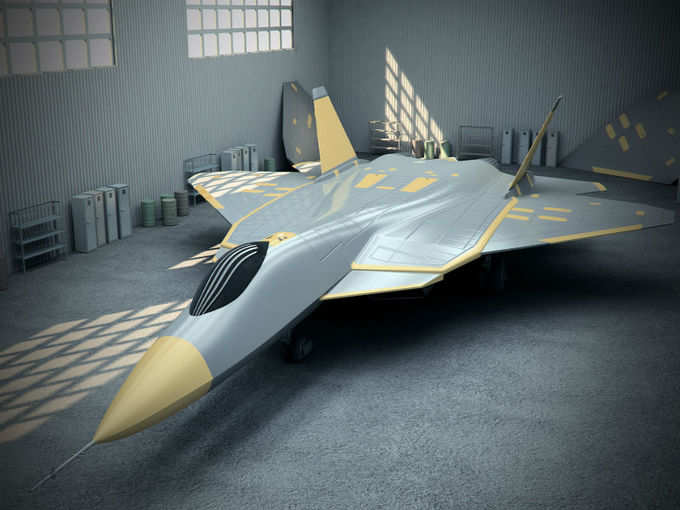
The Sukhoi/HAL Fifth Generation Fighter Aircraft (
The need and the delay
Former Defense Minister Antony’s Moscow visit in October 2007 to co-chair the annual session of
The purpose of having the next generation FGFA is to execute a credible deterrence power and to attain independence is developing the indigenous technology under the transfer of technology agreement. Why waste so much money on an older 4th generation plane, when we can divert that money to develop Advanced Medium Combat Aircraft (AMCA) and the advanced LCA
The IAF currently maintains 34 squadrons of 550+ fighters while the sanctioned number is 42 squadrons. This reduced capacity can have serious outcomes if it faces a two front war situation given the multiple threats that India perceives.
Regular reports of differences between the joint development parties over design and work agreements are further pushing the trial and induction of the fighters. Earlier it was expected to induct the fighters by 2016-17 but the delays and cost-overruns are pushing the dates towards 2019-2020, however prototypes will be coming soon.
Area of concern and the possible outcome
Reduced IAF's fleet strength means fewer aircraft have to perform more missions to get the work done. Imagine this situation in a two front war scenario. This is where India quickly needs to induct more locally built advanced version of Tejas fighters and more locally assembled Su-30MKIs which are top of the line 4++ generation fighters. On the lines of SU-30, India can take 20-25 of FGFA jets in fly away conditions and rest can be made under license. India has done remarkably well by cutting down the MMRCA deal to 36 Fighters and saved around 18 Billion USD which can be further pooled into the faster development of the Fifth generation fighters like FGFA and AMCA which will form the future force multipliers for the country.
(image credits: Defenceprojectsindia)
